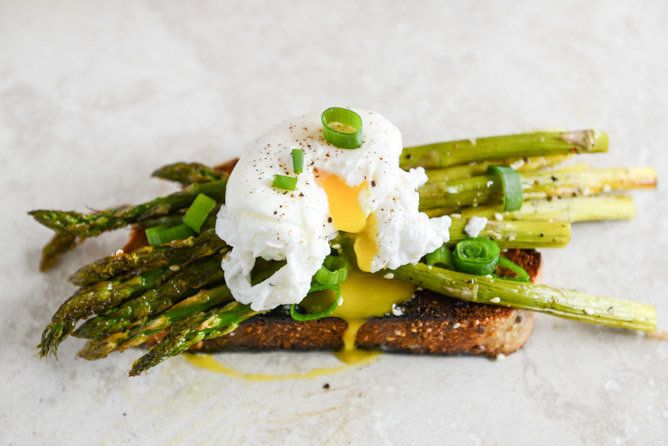
Inspired by conversations on the Food52 Hotline, we're sharing tips and tricks that make navigating all of our kitchens easier and more fun.
Today: Stop letting your produce go to waste. Follow our guide for the week and enjoy your fruits and vegetables when they're at their best.
It’s fun to spend a Saturday morning wandering through the farmers market, picking up whatever fruits and vegetables strike your fancy. But buying on a whim means you might not have a plan for everything, and it’s not always obvious which items should be used first.
To maximize the shelf life of your produce, take the time to store everything properly before you put it away. This doesn’t mean you need to wash everything—in fact, you shouldn’t. Most items will last longer if you don’t.
More: Berries are an exception, they’ll last much longer if you give them a diluted vinegar bath. Here’s how to do it.
On the other hand, the most important thing is that you’re actually eating the produce that you buy, so if you’re less likely to make a salad without washed greens at the ready or munch on a carrot unless it’s already washed and chopped into sticks, go ahead and wash and chop your vegetables—just know their shelf life will be reduced.
Remove any twist ties and rubber bands, and cut the greens off of any root crop that comes with edible greens on top (like radishes, carrots, beets, etc.). Store the two parts separately. Note that most produce that needs to be stored in the refrigerator is happiest stored in something, either loosely wrapped in a plastic bag or secured in a reusable container, rather than just tossed directly in the refrigerator.
Assuming you go shopping on Saturday morning, and all of your produce is perfectly ripe and ready to eat, follow the handy illustration below to help you decide what to eat when. (Don't you want to hang this guide in your kitchen? To print it, right click, then press print!)
Disclaimer: Your corn and tomatoes will likely still be edible 4 days after buying them (but their quality will also likely have suffered a little bit) and you might find your parsley and tarragon lasts just as long as your rosemary does. Storage times will depend on a number of factors, like how ripe the produce was when you bought it, how cold you keep your refrigerator, and how much effort you put into proper storage techniques. This is all to say that this list is by no means the final word on your produce's lifespan; it's merely intended to help you decide which produce to eat first. Please use common sense to determine whether items are still fit to eat and compost any produce that looks or smells past its prime, no matter when you bought it.
Photos by James Ransom; illustration by Libby VanderPloeg
Also on HuffPost:
